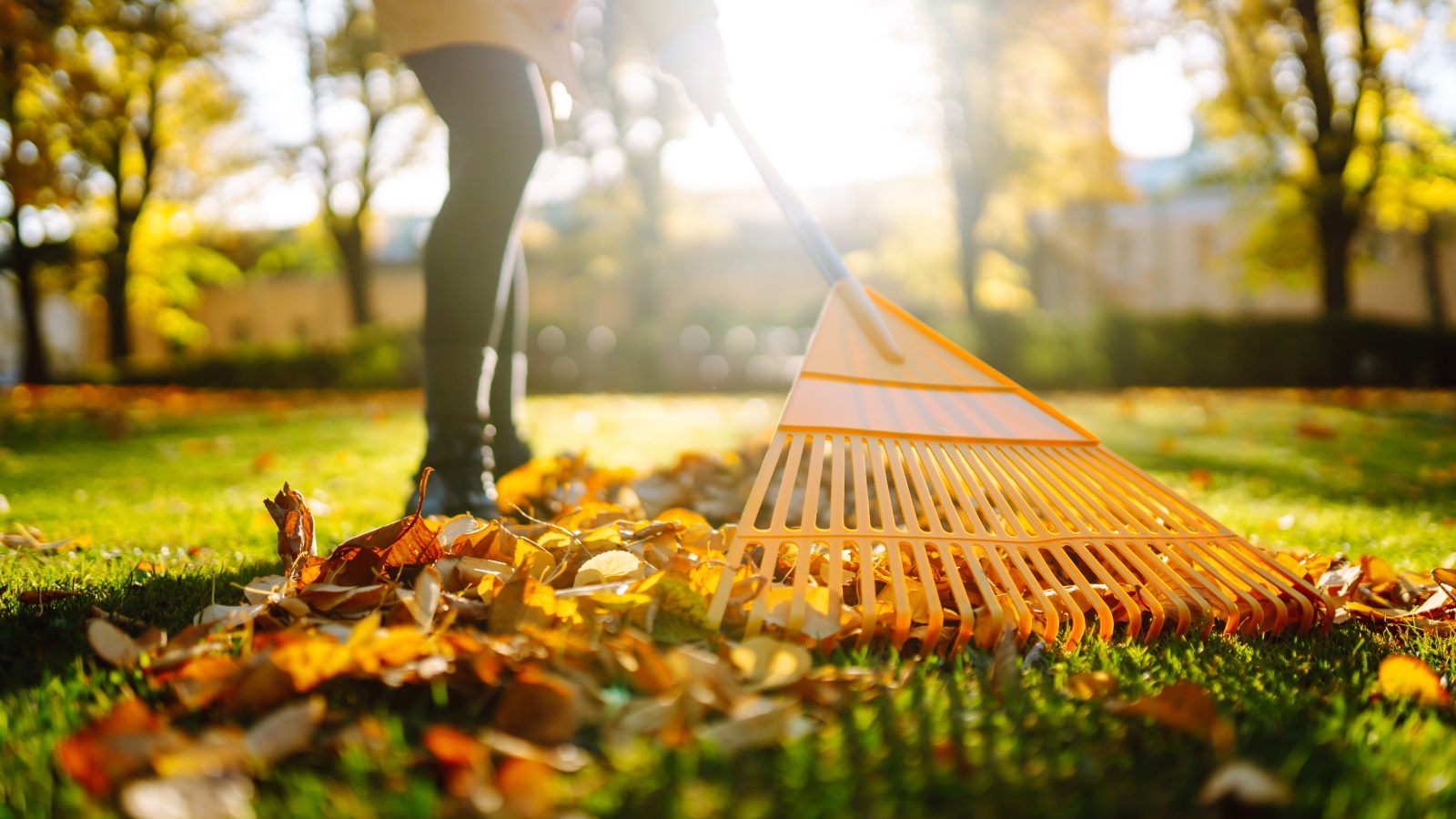
With so many things to keep on top of in the backyard, having a checklist to hand can make gardening a whole lot easier. It can also be a great way to ensure you get the most out of the season.
There's lots to do in the fall garden. For example, you should turn your attention to planting shrubs, trees and perennial bulbs now so they can wow later in spring. And instead of bagging them up for the recycling bin, shredded material from pruning can be transformed into a rich compost to give something back to the garden. Fall is also a great time to collect seeds and propagating plants to grow your collection for free.
Fall is such a busy time in the gardening calendar, so we've compiled an expert checklist for you to add to your to-do list this season.
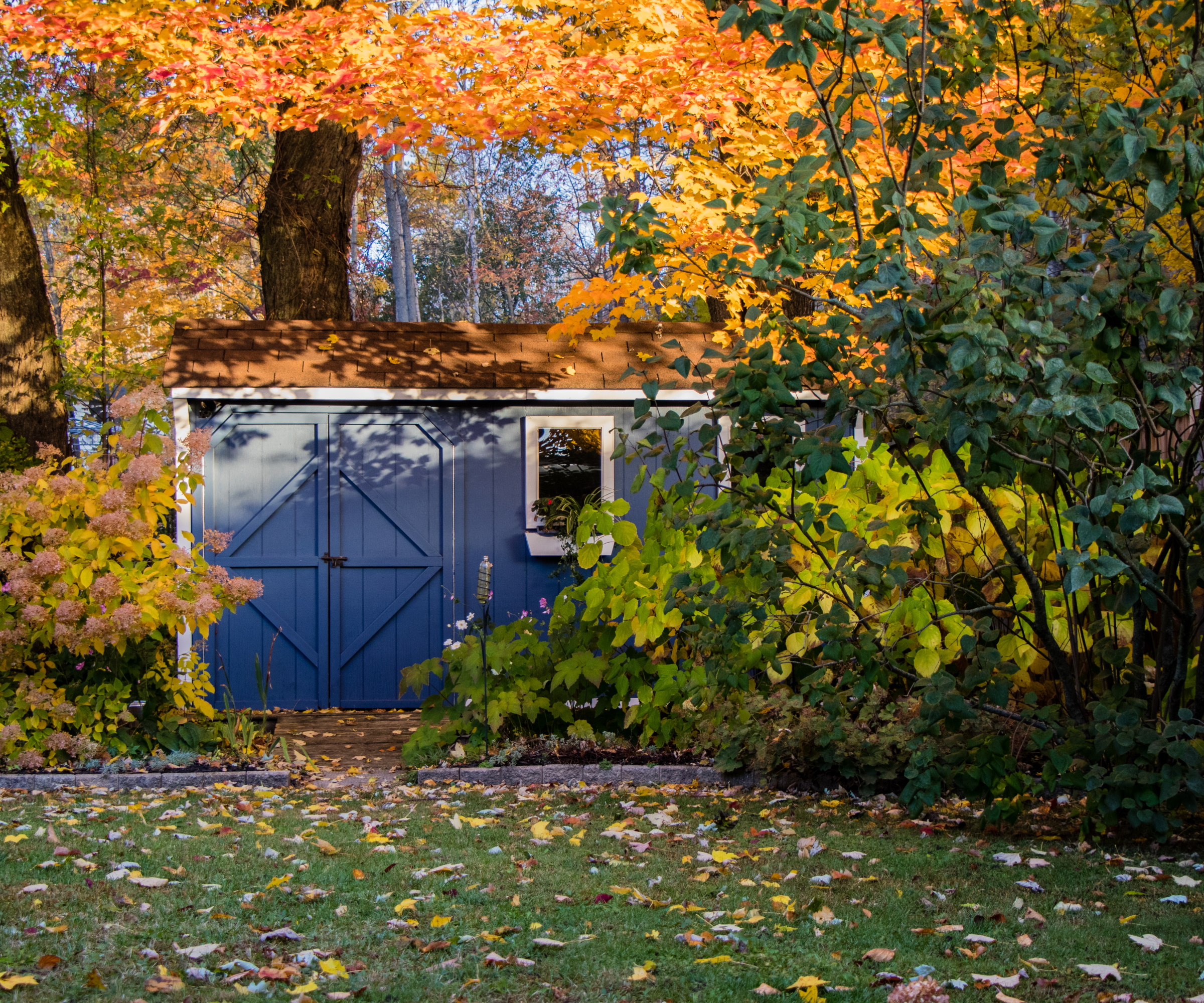
12 jobs for your fall gardening checklist
Contrary to what some might think, fall is not a season of shut down in the garden. There are plenty of things to be getting on with that will extend the color in your garden in early fall. Now is the time to get on with all those fall maintenance jobs, so it's wise to make time for the essential tasks below.
1. Spruce up your lawn
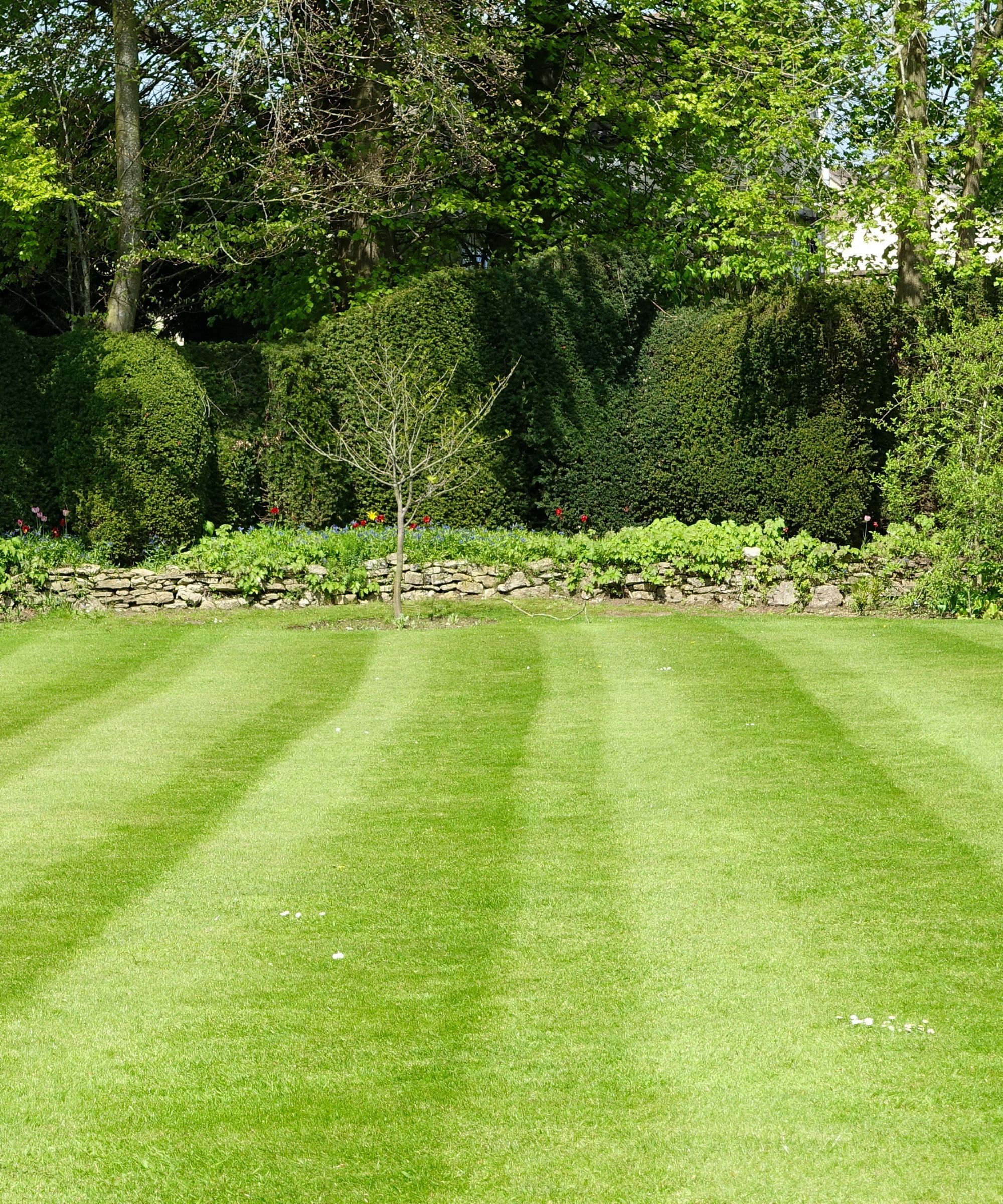
As we approach autumn there are a several things we can do as part of our fall gardening checklist to get lawns in good condition after the summer.
Some essential fall lawn care tasks include cutting you grass shorter than usual before fertilizing your lawn in fall ahead of frost and colder weather.
When leaves begin to fall, make sure you remove them in order to aerate your lawn as quickly as possible, as they will block air and light, which grass needs to survive.
'You can clean up your lawn and rake leaves into a wide layer before using a lawn mower to cut them up and make leaf mulch for flower beds, to keep moisture in the winter and keep roots from freezing,' suggests horticulture expert and founder of Yardwork, Michael Clarke.
If your lawn is looking tired and patchy, turn things around by reseeding and overseeding your lawn in fall. September is the perfect month to do this, as there is still enough warmth and light.
Another benefit of reseeding at this time of year is any weeds that find their way into your newly sown lawn can easily be removed before their own roots have a chance to develop.
2. Treat your tools to some TLC this fall
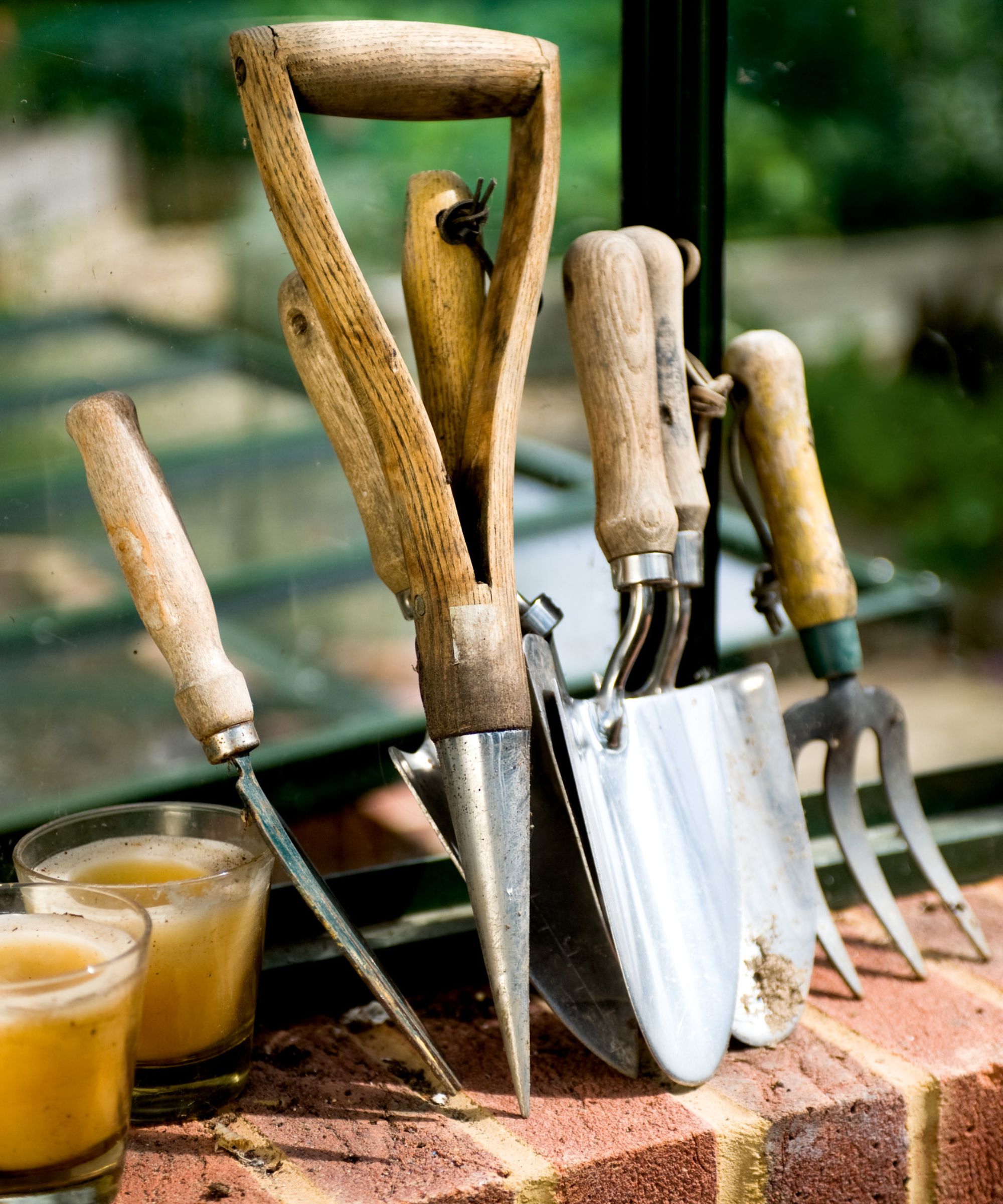
Always make routine tool care part of your fall gardening checklist. Garden tools such as lawn mowers, chainsaws and leaf blowers all have moisture-sensitive components that can get damaged by exposure to damp. Forks, spades, rakes and shears also have a tendency to rust in cold and wet weather conditions.
It's good practice to clean garden tools before you store them to remove dirt. For handles, use a solution of mild soap and water and clean with a stiff bristle brush, available at Walmart, before rinsing and drying them well.
Clean dirt and debris off of pruning shears and sharpen any dull blades, says Lindsey Chastain, founder and CEO of Waddle and Cluck. 'Rub metal surfaces with a light coating of oil to prevent rusting. Store hoses, sprinklers and other watering equipment in a dry covered area.'
3. Get your shed prepped for winter
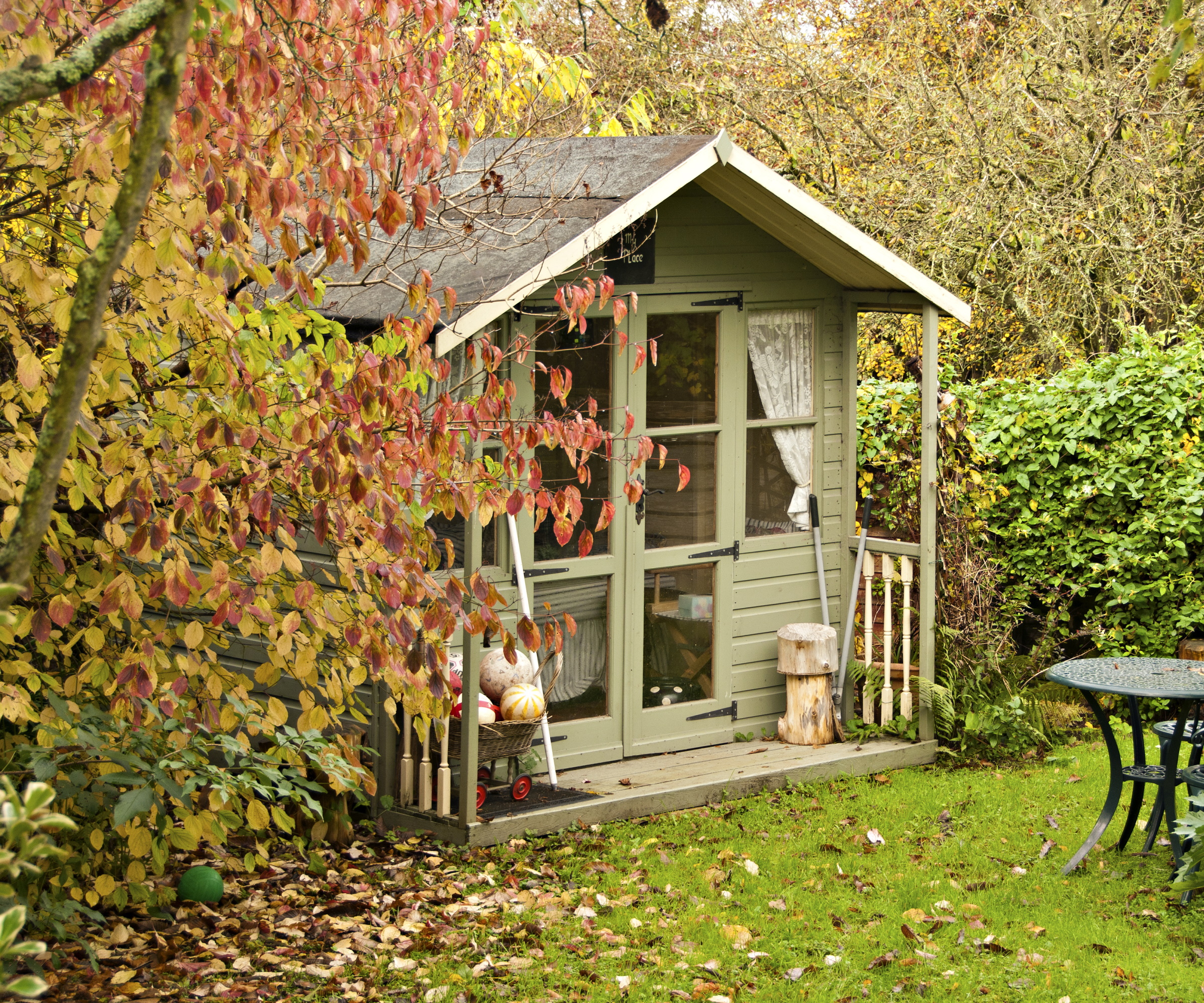
Fall is the time to check things over, which includes getting your shed ship-shape. It's definitely a good time to learn how to weatherproof a shed in preparation for the colder months ahead.
Once you’ve tidied up and considered these shed organisation ideas, use a ladder to inspect the roof for any moss or algae build-up. Gently remove this and use warm, soapy water to rinse down the roof and sides of the shed with a soft brush.
It's important to keep your shed watertight to make it less susceptible to moisture damage.
If your shed hasn’t had a fresh coat of paint lately now's the time to learn how to paint a shed properly to ensure it's protected for winter.
4. Carry out pond maintenance
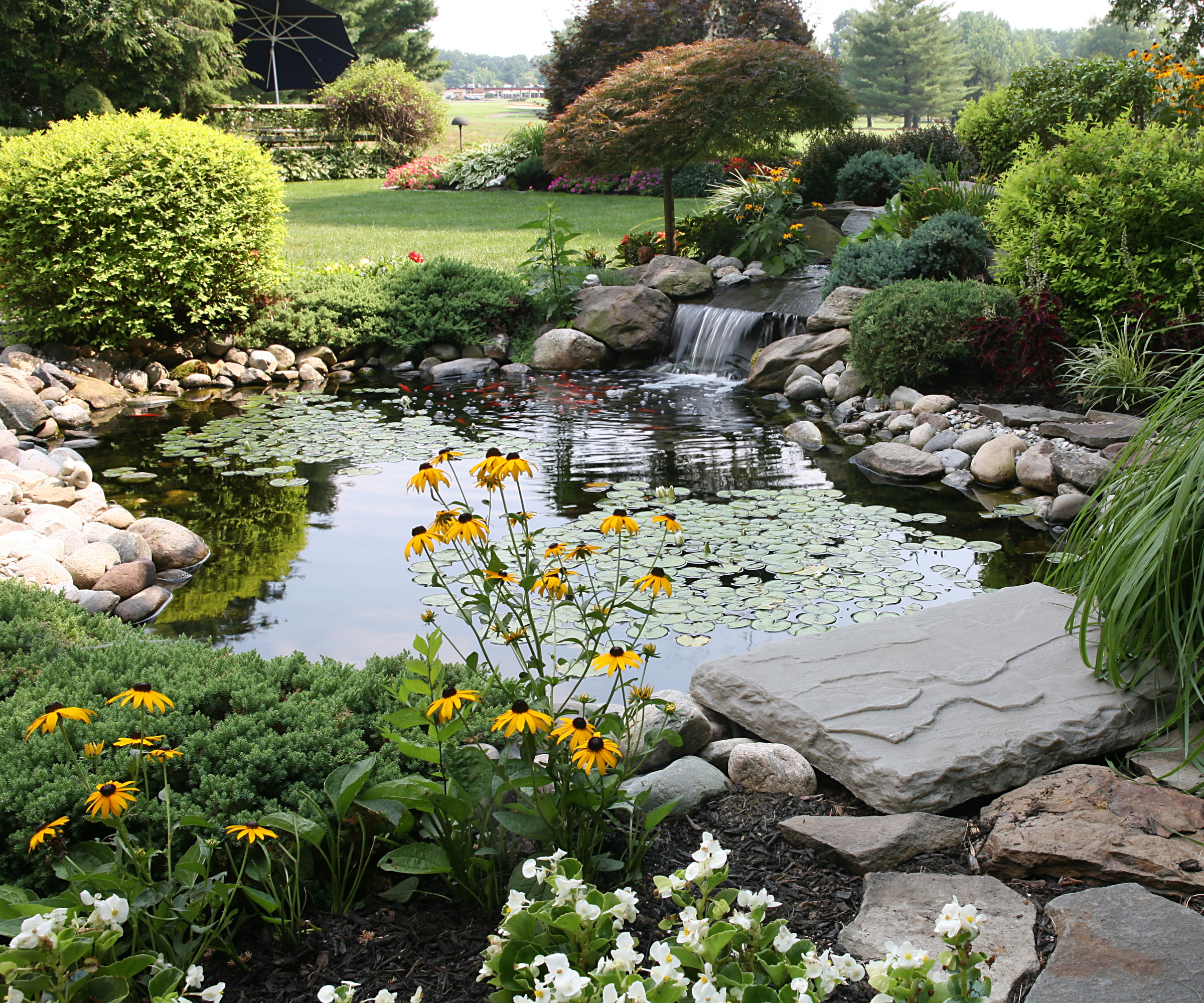
Garden ponds and water features need attention at the end of the summer season, so don't overlook them when it comes to your fall gardening checklist. If you live in an area that experiences cold winters, drain and close down any fountains and other water features before winter to prevent them freezing and cracking in cold weather.
If your water feature is solar powered give it a good clean using warm water and a specialist cleaner. Carefully remove the solar panel or pump and clean it in warm water, then store it in the shed.
Pond plants are important in winter as they play a key role in a ponds' ecosystem by oxygenating the water. They can be left where they are but will need to be cut back to remove any dying foliage rotting in the water.
'Once you've removed decaying plant material, clear out excess algae to keep the water clear,' says Lindsey. 'Stop feeding fish once water temperatures drop below 50°F. You may want to invest in a pond heater or de-icer to keep a hole open in frozen ponds so gases can escape.'
5. Refresh your planting scheme for fall
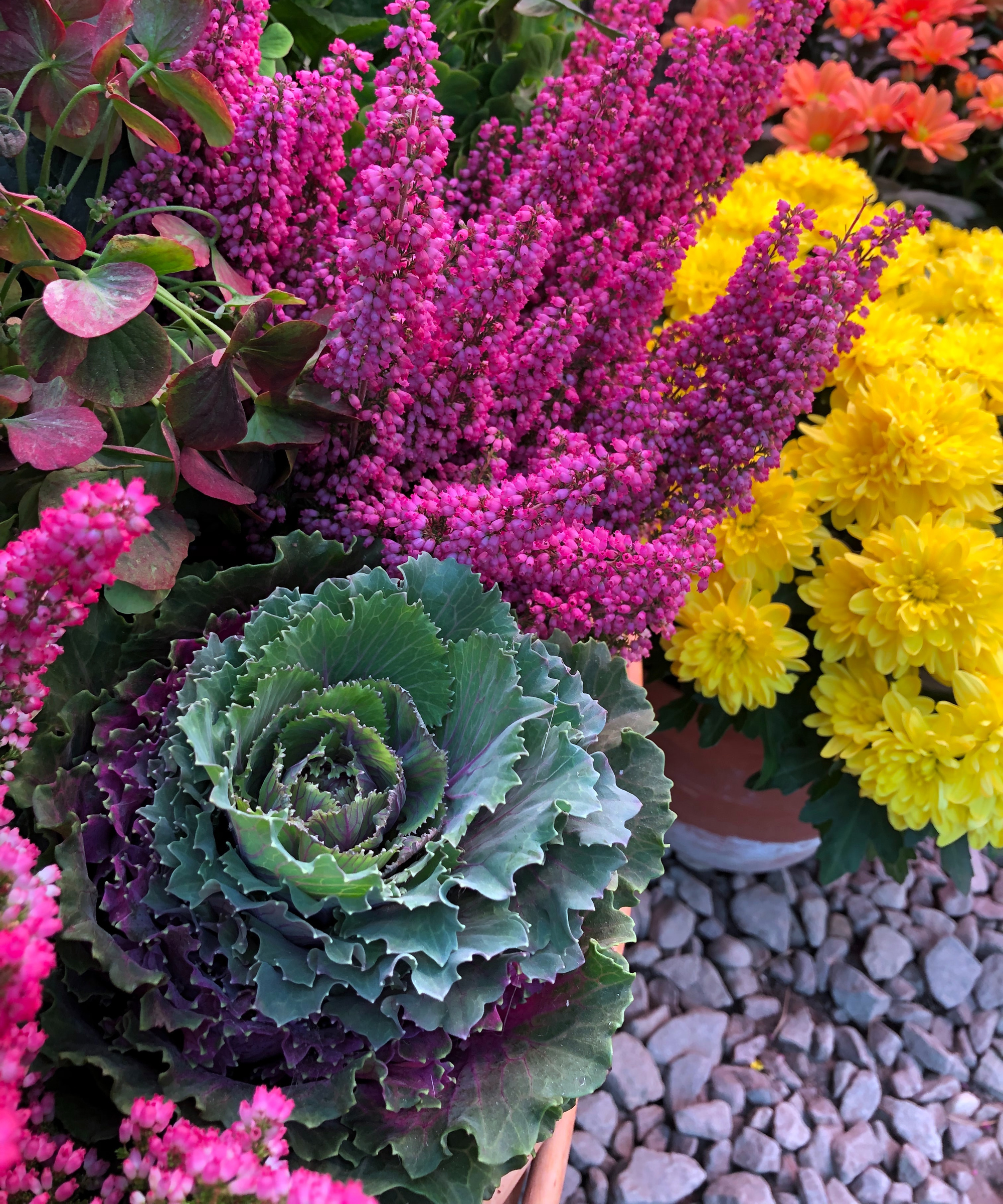
As the summer draws to a close and a new season is about to begin, you might be wondering what type of plants can still be added to your fall garden. The good news is that there's still plenty of planting to be done, as long as you know what to plant when.
Fall is the best time of year to plant many kinds of hardy plants in your garden. It’s a sweet spot as the soil is still warm, plus we usually get some rain at this time of year too so the new roots will develop quickly and get your plants established.
You could even refresh your fall planters to inject some seasonal color to your fall porch decor - try adding some of the best plants for fall color to your yard.
6. Start pruning shrubs and hedges
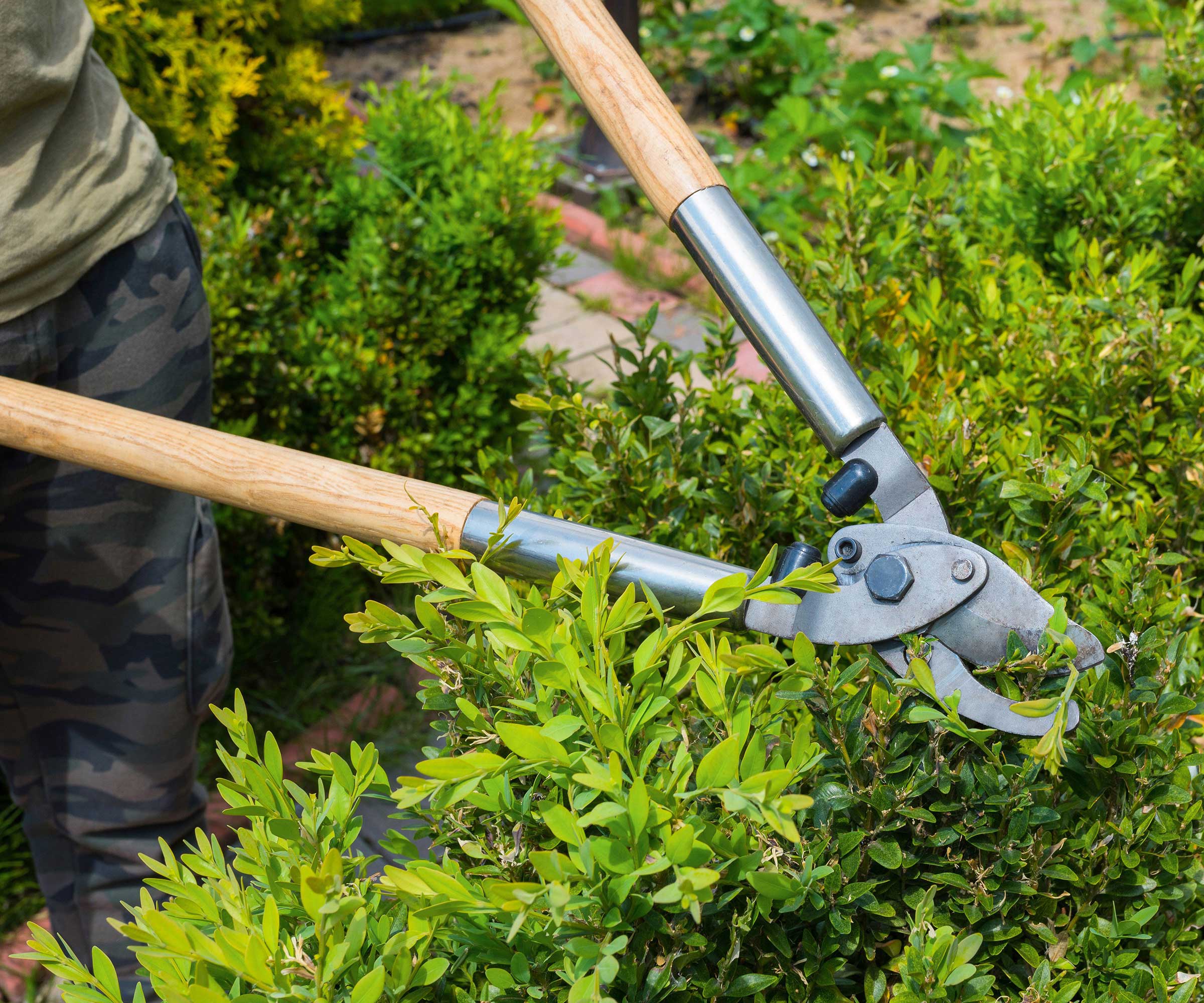
Fall is typically a key time of year for pruning shrubs, both deciduous and evergreen. It will keep shrubs healthy and in good shape. Treat plants to a trim now and this will keep things smart right through autumn and into spring.
'Deciduous shrubs should be pruned back to remove overgrown, crossing branches and allow good airflow and room for spring growth,' explains Michael Clarke. 'Additionally, hedges should be pruned one last time in the fall to preserve their shape through the winter, since growth will be stalled until spring,' he adds.
Make sure you choose the right essential gardening tools for the job. In addition to the best secateurs and garden shears you can use electric trimmers, loppers and handsaws for bigger jobs. These loppers from Amazon will work well for a range of shrubs and hedges.
Make sure tools are sharp and rust free, and try an antibacterial spray to disinfect them to prevent any plant diseases spreading. Our guide on how to clean pruning shears has lots of tips to keep yours in top condition.
Take care around new shoots. If you prune new shoots in autumn, it may encourage a growth spurt and these tender stems won’t have time to harden off and will be damaged by frost, which can be detrimental to your shrub.
7. Plant a selection of spring bulbs in fall
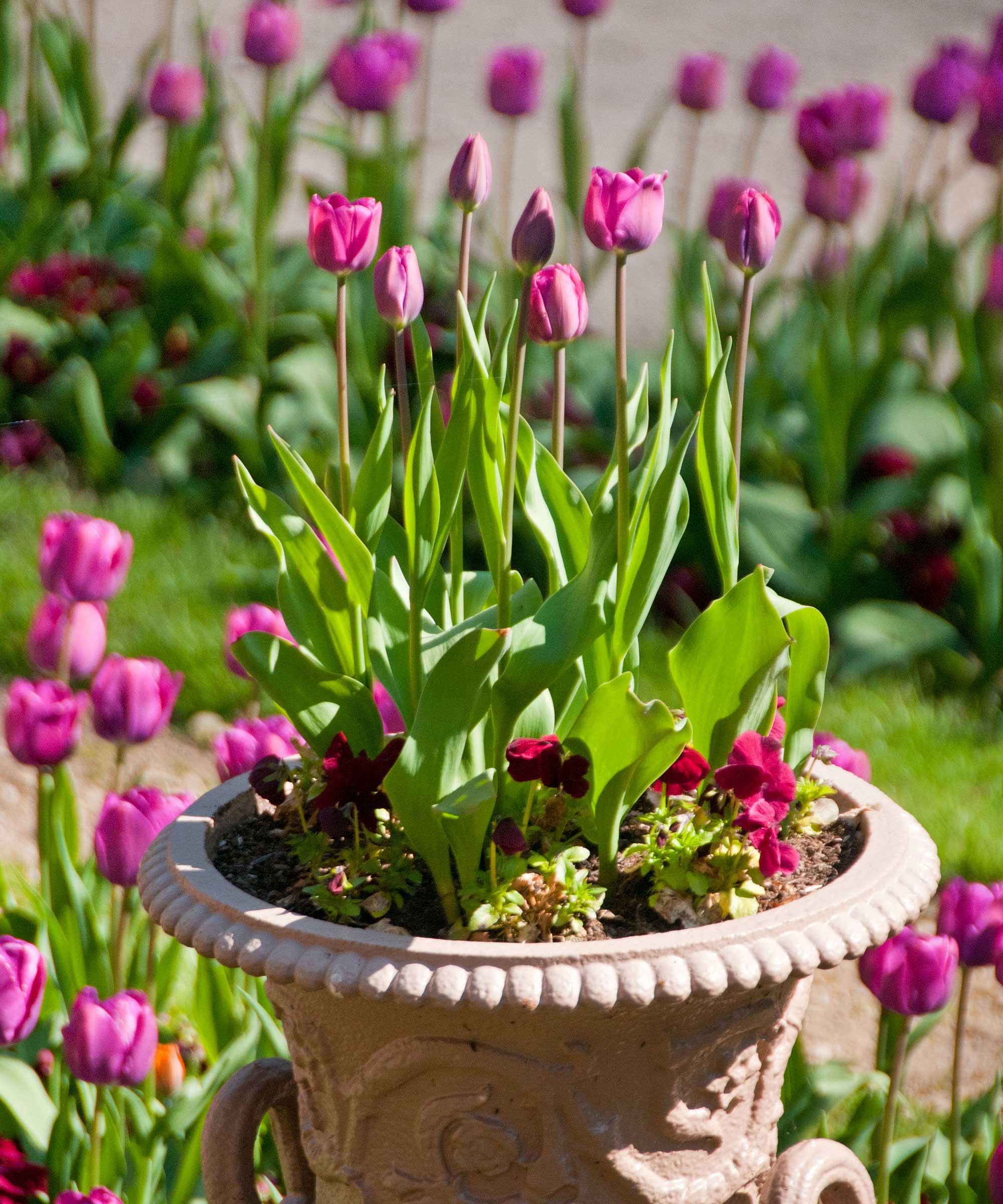
Fall is the best time to plant spring bulbs. Early spring flowering bulbs, such as daffodils, crocus and hyacinths, will bring a welcome injection of early color to the garden. Plant them in the first month of autumn. If you're planting tulips, these can be planted later, up until the end of fall. Meanwhile summer-flowering bulbs, such as lilies and alliums, are best planted in early to mid fall.
If you're planting daffodil bulbs, crocus bulbs or any other varieties in borders, prepare the soil by turning it over and adding organic matter. Then simply dig a hole wide and deep enough for your bulb. Most bulbs need to be planted two to three times their own depth, but always check the instructions. Place the bulbs in the hole flat end down, so the point is upwards. Planting in groups rather than straight lines looks best.
You can get away with planting bulbs closer together as part of your fall planter ideas, using a lasagne technique to layer different types of bulbs that will flower at different times in the season. Plant the bulbs that will flower last at the bottom of the pot and the earliest flowering bulbs at the top to keep the display going for as long as possible.
'For best results, plant bulbs in the cooler months when night time temperatures are between 40-50°F, typically from late October to early November,' says garden designer Laura Janney. 'Make sure the soil is well-draining to prevent waterlogging, as bulbs don’t do well in soggy conditions,' she adds.
8. Divide perennials and collect seeds for more plants
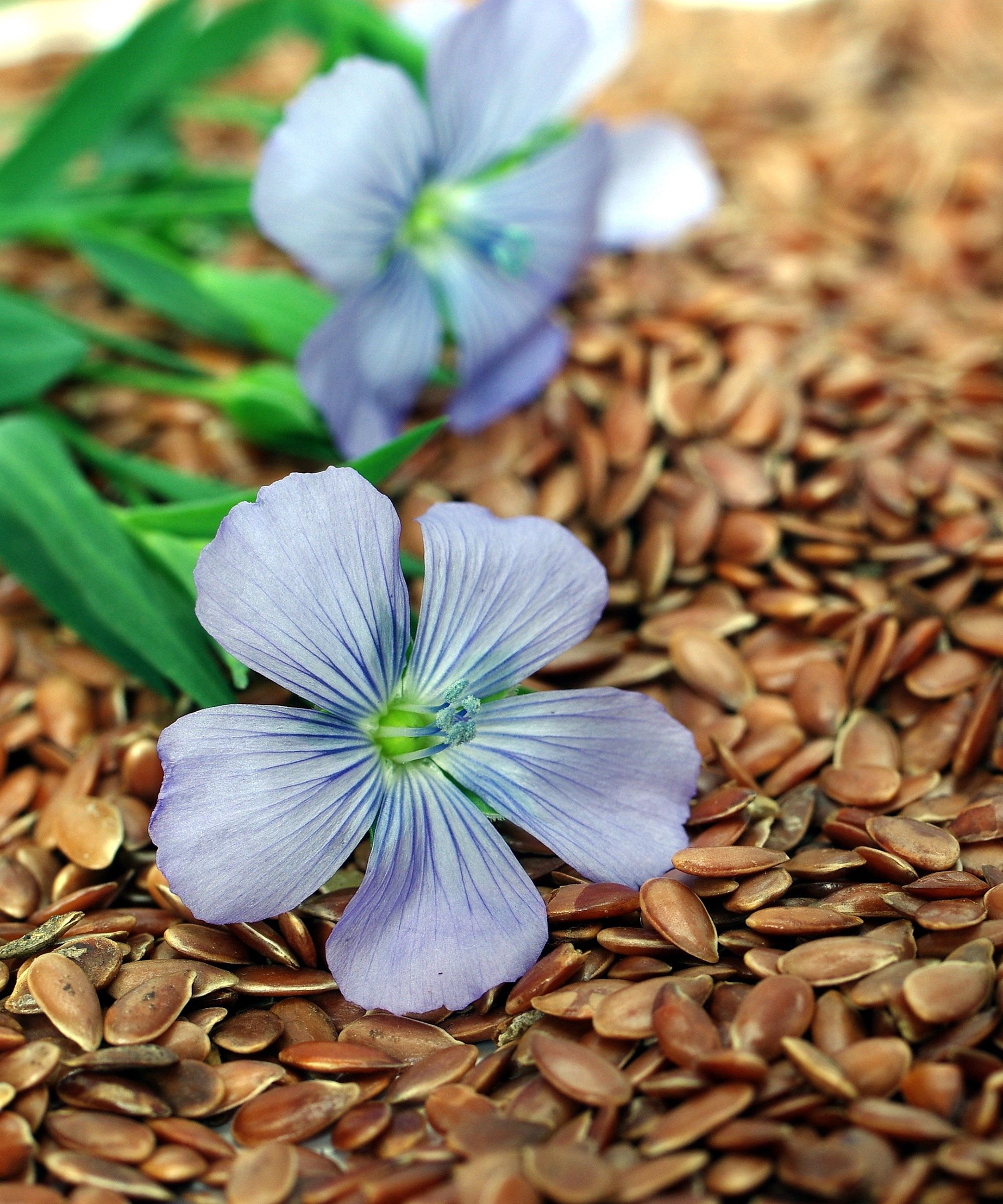
Fall is a good time for dividing plants such as perennials, especially if they have grown big and messy by the end of summer. It's also the season to collect seeds. Be sure to add both of these to your fall gardening checklist.
'Fall is a perfect time to divide perennials like salvia, hosta, and astilbe. This not only rejuvenates the plants but also gives you more to spread around your garden,' says Laura.
Simply dig up a clump and separate it by using two garden forks back to back to prise it apart. You can alternatively use a knife, like this hori hori garden knife from Amazon, to cut the clump into pieces. Just take to ensure there is a root system on each new section. You can then pot up the new clumps or plant them back into the border.
Saving your own seeds is another economical way to get more plants. Collect them when they're fully ripened for the best results. Pick them on a dry day, dry thoroughly, store them in a paper bag, or another DIY seed storage solution, and make sure they're completely free from moisture.
9. Rearrange your garden
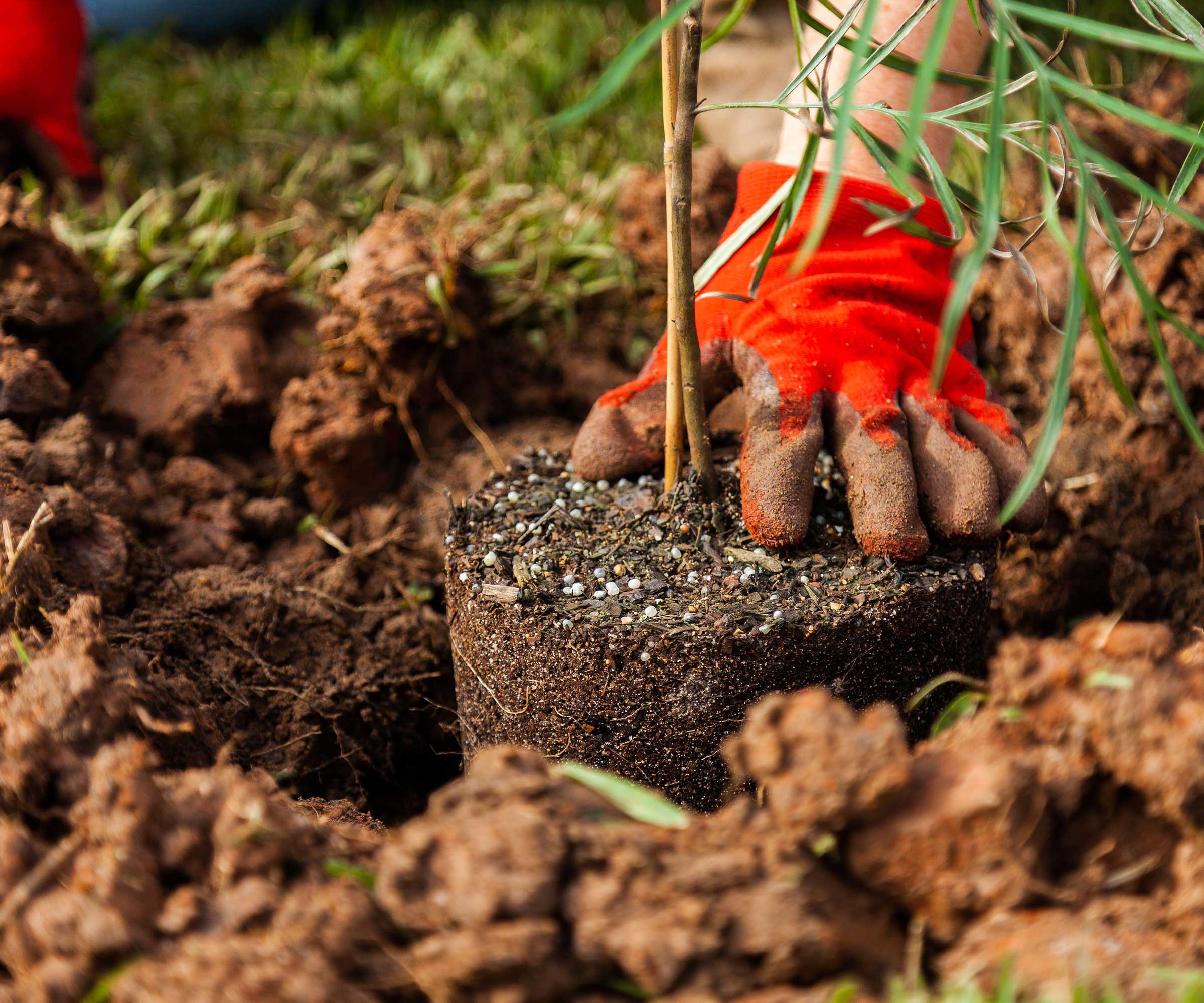
If you're planning to move things around in your plot, fall is one of the best times to carry out any work.
When relocating or planting new trees before the ground freezes, prepare the new hole at least twice as wide as the root ball, says Lindsey Chastain. 'Carefully remove the entire root system if possible when digging up the tree, then wrap the roots in burlap and move the tree quickly to its new home. Water deeply after planting and stake the trunk if necessary to help the tree establish roots before winter.'
All transplanted trees and shrubs do well if you mix a little bone meal with the soil in the planting hole. This is a natural fertilizer that encourages root growth. You might also want to use this time to look at some fall tree care for your more mature trees.
If you're considering planting one of the best hedging plants this season, early to mid fall is the optimum time for planting new potted hedges, trees and shrubs.
It's also a good idea to try mulching around the base after you plant to add a protective layer. This can be bark chippings, coir or well-rotted compost.
10. Prepare your pots for frost
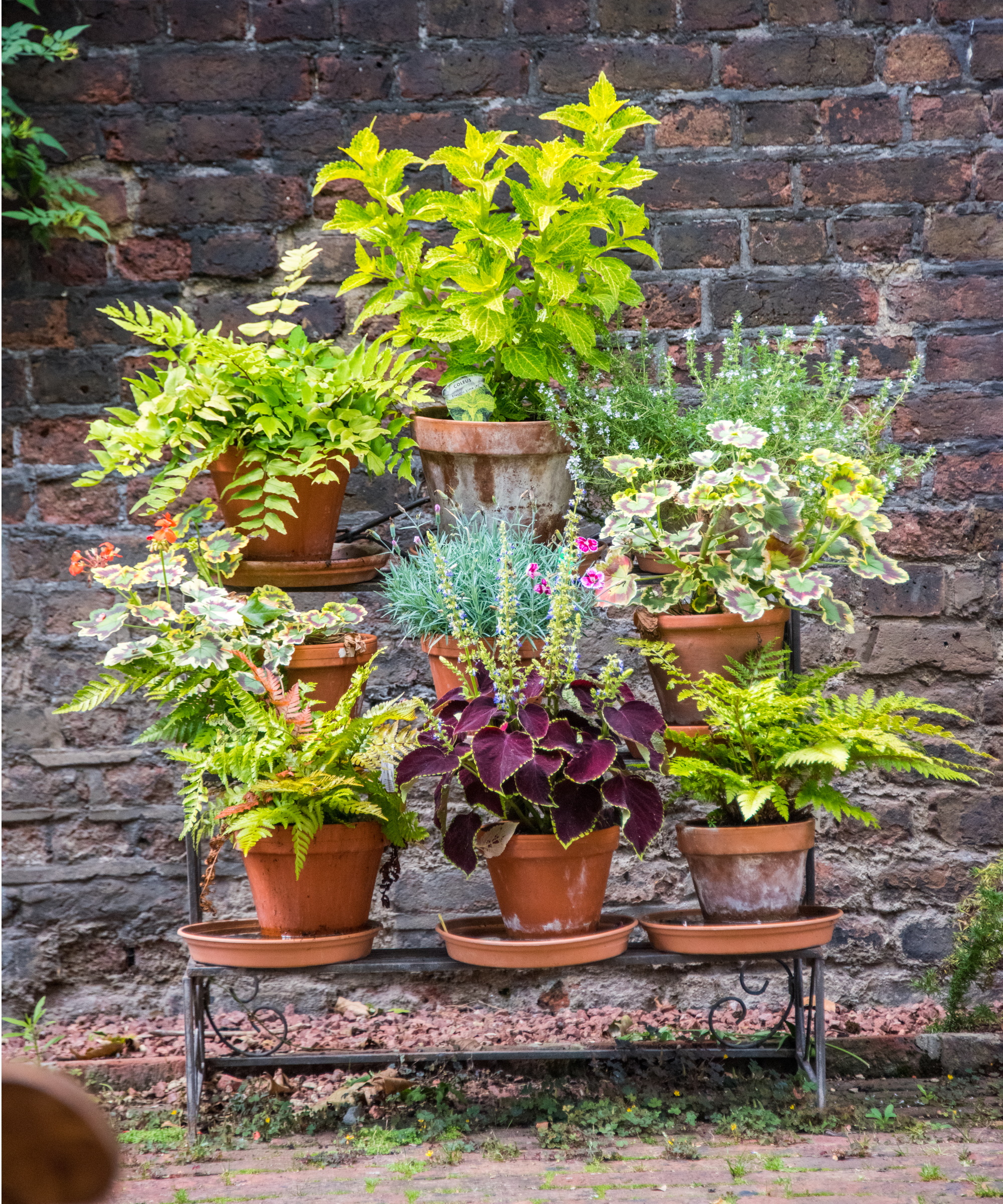
Another task to get done before the first frosts kick in is prepping your pots. This is especially important if you have a container garden that won't survive the dropping temperatures.
'Before temperatures consistently drop below freezing, bring in any ceramic or non-frost-resistant pots to prevent damage,' suggest Laura Janney. 'If you still have plants in your planters and frost is in the forecast, cover the pots with a frost jacket or wrap the planter in a frost cloth,' she adds.
There are plenty of frost protection products on the market, like these horticultural fleeces from Amazon, so you can ensure your potted plants make it through the harsh conditions of winter.
It's also a good idea to clean flower pots at the end of summer to ensure they are kept in pristine condition while not being used.
11. Seal your pavers
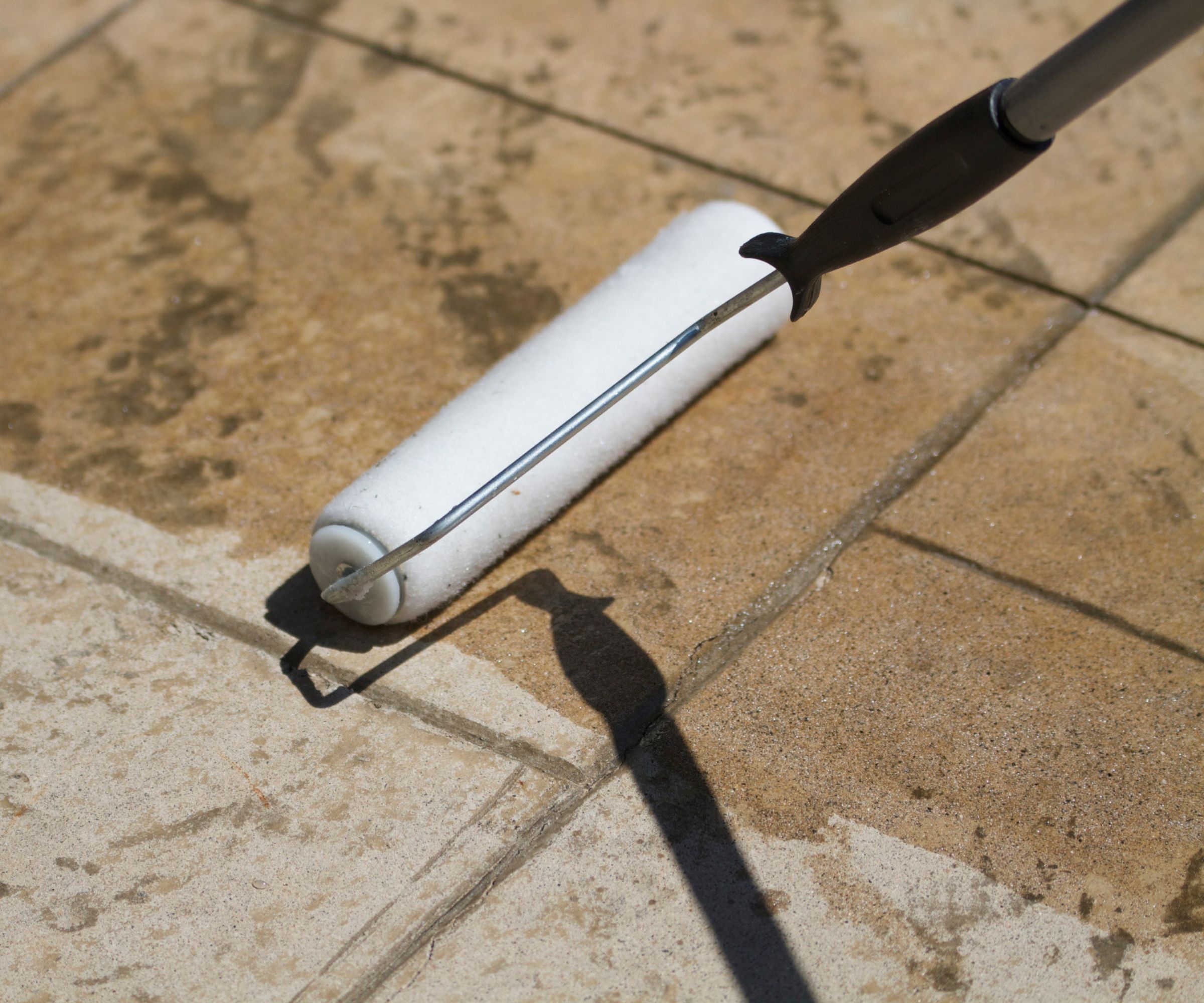
It isn't just plants that need protecting from frost either, as many patio materials will not withstand freezing temperatures well without a little help.
'Sealing pavers can prevent damage from water and ice,' says landscaping expert Joe Raboine. 'This should be done every three years,' he suggests.
Paver sealer, available at Amazon, provides a protective layer over your paving slabs so they don't become damaged from frost. This is especially important to do where you have cracks in your patio so water doesn't fill the gap, freeze and push it open wider.
Aim to do this before the first frost on a dry day where the rain won't instantly wash it away.
12. Clean up around roses
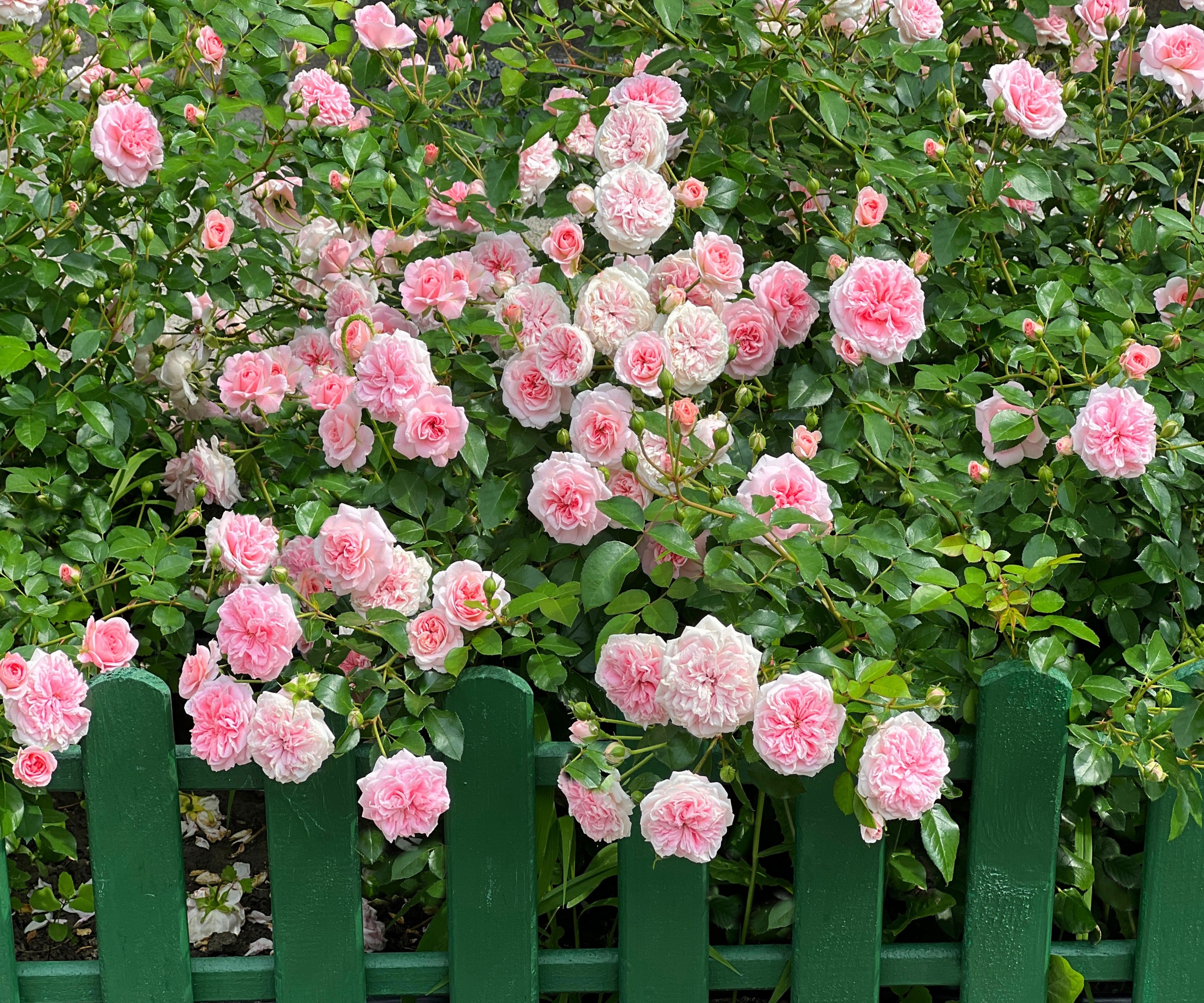
Just because roses don't flower into fall, doesn't mean it's time to neglect them until next year. As well as pruning roses in this time, you should also pay attention to their surroundings.
'After the leaves have fallen and before the first snowfall, clean the area around the base of your roses. Fallen leaves can harbor fungal diseases like rose black spot, which can reinfect roses in the spring,' explains Laura.
Using something as simple as this garden rake from Walmart to clean up fallen leaves near your rose plants can protect them for the next flowering season.
'In areas with harsh winters or strong winds, consider wrapping your roses in breathable material like burlap for added protection,' Laura says.
FAQs
How can I put fall leaves to good use?
One way to avoid bags of leaves and other cuttings building up in your garden is to invest in a shredder. This will not only reduce the volume of garden waste, it will also give you the option of composting, turning garden waste into natural fertilizer as part of a more sustainable approach. By finding out how to make leaf mold you can even turn autumn leaves into a real asset. Shredded material makes an excellent mulch for plants too.
So much of this fall gardening checklist is simple and free to do, plus if you work smartly by using your fallen leaves to make leaf mold, and harvesting seeds from your plants to grow in the spring, both you and your garden will be wealthier come the new year.
Don't forget to also enjoy all fall offers in your backyard. Growing plants for fall pollinators, for example, will bring so many insects and wildlife to your outdoor space during the cooler season.







